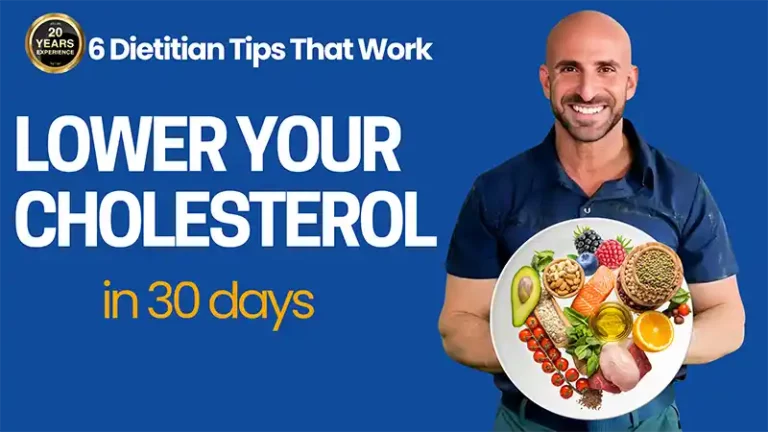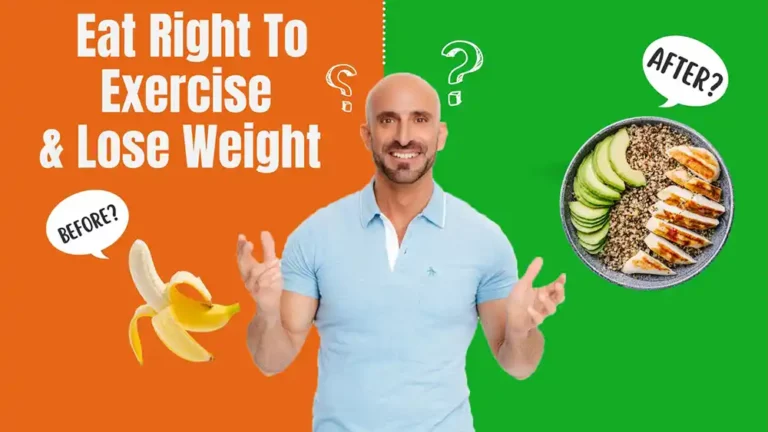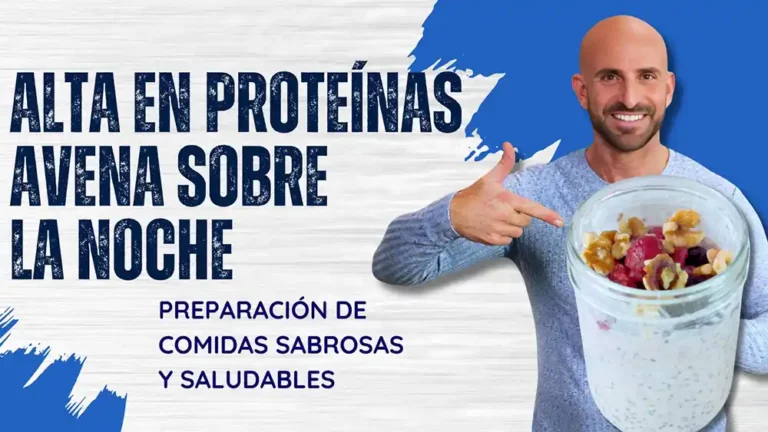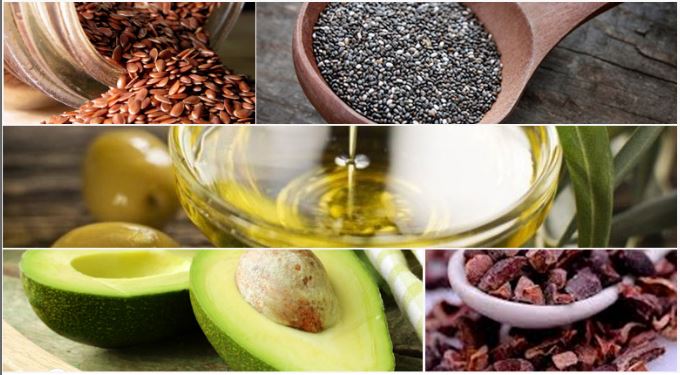
November is here again, and it is time to shift gears to “Movember.” For those of you that are not aware, “Movember” is the clever portmanteau of “moustache” and “November,” fashioned from the idea of growing a moustache beginning Nov. 1 to help bring awareness to men’s health issues, including prostate cancer, testicular cancer and mental health. The creators of Movember carry the primary goal of “changing the face of men’s health issues.”
Since “Movember” deals with men’s health, it got me thinking about a recent article that was published by the WHO (World Health Organization), which provided a link between consumption of processed meats and cancer risk. One of the main causes of health issues is related to what we put in our bodies. We as men, as a whole, are prone to eat a very animal-based, protein-rich diet. Usually, these diets consist of meats and processed meats, which include bacon or ham, among other tasty options. The report outlines that eating 50 grams of processed meat each day can increase the risk of cancer by 18 percent, which is the equivalent to two slices of ham.
The report mentions colon, stomach and other cancers, but among those, prostate cancer is one of the leading health issues that ignite major concerns for men. In just this year alone, it was predicted by the American Cancer Society that an astonishing 233,000 new cases of prostate cancer will be diagnosed, with a 29,480-person death rate, making prostate health a serious concern for men. For these reasons, we really need to think “Movember.”
As a registered dietitian, I understand the importance of nutrition and its effects on health. Like anything else, moderation is key. As to the report, eating two pieces of bacon or prosciutto, or a juicy piece of steak once in a while is not going to kill you. Rather, I recommend that you focus on the entire diet and not just one food. Also understand that just eating healthy foods alone may not prevent chronic disease or cancer, as there are several other lifestyle factors involved such as exercise, medicine, and smoking cessation. However, for the sake of this blog, I will focus my attention on cancer prevention, specifically prostate cancer, and the importance of food and eating habits. Here are three solid recommendations to help any man be healthier.
Lose the Gut
Now, we get serious to all the guys out there and I want to start by making a distinction between your medical waist and what we might call your fashion waist. As far as the medical profession is concerned, if your waist circumference is more than 40 inches, you are at risk for cancer, heart disease, hypertension, insulin resistance, metabolic syndrome, and perhaps most urgent of all, reduction in sex drive! Men, it’s time to lose the gut and it’s time to reduce your risk of chronic diseases.
What I recommend in my private practice is to moderate alcohol intake, exercise regularly, get a good night’s sleep, cut down on refined or processed sugars, increase your consumption of fruits and vegetables and do not skip on meals, this will prevent the tendency to over eat. A few pointers when it comes to portion sizes is to eat according to your hand. Make a fist to measure about 1-1½ cups of carbohydrate, such as sweet potatoes, quinoa, beans or brown rice. Use the size of your palm to measure the portion of proteins, about 5-6 ounces of meat, which should be lean meats most of the time. Be sure to fill up with vegetables, at least half of your plate.
Think Color
You always hear experts saying that you should eat variety and choose from different colors. There is a reason for that since the different colors, or phytonutrients, provide different health benefits, including cancer prevention. Since we are talking about prostate health and cancer prevention, let’s think tomatoes. Tomatoes, for instance, contain a powerful antioxidant called lycopene. Research has found that lycopene-rich foods can help suppress carcinogens, slow cancer cell growth, and reduce cell damage (1). Men who have lycopene-rich diets tend to have lower risks of prostate cancer (2).
It’s not just eating raw tomatoes that will give you the lycopene benefits; it’s the cooked tomatoes that ensure adequate lycopene absorption. Studies have found that the risk of prostate cancer dropped by 19 percent for those who ate cooked tomato products compared to 11 percent for those who ate raw tomatoes (2). Another study showed the levels of lycopene in blood are higher after consuming cooked tomatoes than after eating raw tomatoes (3). So let’s welcome some canned tomatoes and tomato sauces. Moreover, there is yet another trick to help the absorption of lycopene, and that is by pairing cooked tomatoes with a small amount of oil or fat. For example, you can drizzle oil in your tomato sauces or you can enjoy a pizza. For this reason, I wanted to provide the recipe for my hearty and delicious Quinoa Parmesan Pizzette that add the power of lycopene rich tomatoes and heart healthy quinoa.
Get Cooking
If there’s one incredible thing you could do for your health it’s to cook your own meals. You can’t really get control of your nutrition and your health until you know exactly what you’re putting in your body. If you are preparing your own food, you are in control of your own nutrition. Remember that cooking isn’t just about dinner; prepare and pack your lunches as well.
Start off small, by agreeing to cook the evening meal one day per week. Bear in mind that “cooking” includes shopping-otherwise you never really know what’s in the food. Once you’ve mastered a few basic recipes, you’ll have a new respect for anyone who gets dinner on the table several nights a week. Moreover, the process of cooking, including the smells associated with food preparation, are part of the experience of satiation, or feeling satisfied from a meal. By taking charge of the kitchen, you’ll cook more of the healthy food you want to eat.
Quinoa Parmesan Pizzettes
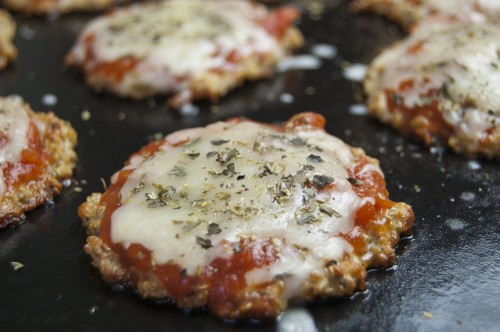
Servings: 8 Serving Size: One 4-inch pizzette
Ingredients:
1 cup cooked quinoa
½ cup water
¼ cup all-purpose flour, sifted
½ cup liquid egg whites
½ cup grated Parmesan cheese
1 tablespoon dried oregano
1 teaspoon salt
1 teaspoon pepper
1 cup canned pizza sauce (or tomato sauce)
8 ounces shredded mozzarella cheese
Oil spray
Directions:
- Preheat a pizza stone in a 400 degree F oven.
- Put the quinoa, flour, egg whites, Parmesan cheese, oregano, and salt and pepper in a medium-size bowl and mix to combine.
- Pull the hot pizza stone out of the oven and spray it with a thin, even layer of oil. Divide the batter into eight portions. Pat each portion of batter into a 3-inch circle on the pizza stone, leaving an inch or two of space between the pizzettes. Bake for 15 to 20 minutes until golden.
- Remove the pizzettes from the oven and top each with about 2 tablespoons of pizza sauce and a handful of cheese. Return them to the oven and bake for 3 to 5 minutes longer, until the cheese is melted and bubbly. Cool slightly before eating.



